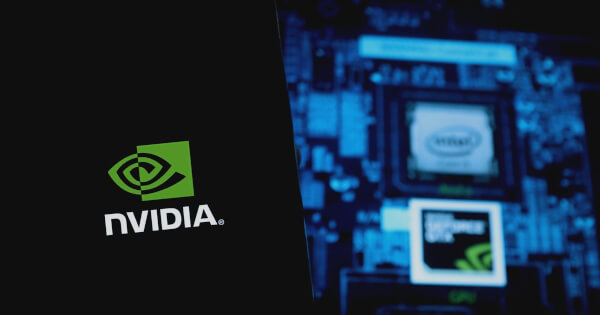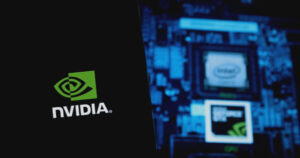# Mastering Kubernetes Autoscaling with NVIDIA’s NIM Microservices: A Guide by Extreme Investor Network
*By Terrill Dicki
January 24, 2025*
—
In the rapidly evolving world of technology, GPU computing and machine learning are continuously pushing the boundaries of what’s possible. NVIDIA is at the forefront, exemplifying innovation with its horizontal autoscaling of NIM microservices on Kubernetes. This technique not only optimizes resource management but also heralds a new era for businesses relying on model inference containers for large-scale machine learning. Here at Extreme Investor Network, we’re excited to dissect NVIDIA’s approach and provide deeper insights into the implementation and significance of these advancements.

## What Are NVIDIA NIM Microservices?
NVIDIA’s NIM (NVIDIA Inference Microservices) are specialized containers designed for deploying model inference applications efficiently on Kubernetes clusters. These microservices are crucial when dealing with large-scale machine learning models that demand precise resource allocation. Understanding the unique compute and memory requirements of these microservices helps in fine-tuning autoscaling strategies for optimal performance.
## Setting the Stage for Autoscaling
The backbone of NVIDIA’s autoscaling strategy lies in a well-architected Kubernetes environment. Essential components include:
– **Kubernetes Metrics Server**: This component gathers resource metrics from Kubelets, which is critical for the HPA (Horizontal Pod Autoscaler) to function effectively.
– **Prometheus**: A powerful tool for scraping service metrics, Prometheus plays a vital role in gathering detailed insights from running pods.
– **Prometheus Adapter**: It bridges the gap between Prometheus metrics and the Kubernetes HPA, allowing for the use of custom metrics.
– **Grafana**: A visualization tool that helps administrators monitor and analyze the performance and health of Kubernetes clusters via intuitive dashboards.
Setting up these tools not only empowers the HPA service with the necessary data but also stimulates proactive monitoring and decision-making.
## Deploying NVIDIA NIM Microservices
To deploy NVIDIA NIM microservices effectively, one must follow guidelines that ensure readiness for scaling based on metrics such as GPU cache usage. NVIDIA’s comprehensive resources walk through the entire deployment process, from infrastructure setup to the deployment of the NIM for LLMs (Large Language Models).
A crucial aspect of successful deployment is the generation of synthetic traffic using tools like `genai-perf`. By simulating varying levels of workload, businesses can observe the system’s response and optimize resource allocation dynamically based on real-time data.
## Harnessing the Power of Horizontal Pod Autoscaling
Implementing HPA involves creating an HPA resource that actively monitors the `gpu_cache_usage_perc` metric. For businesses managing fluctuating workloads, this dynamic adjustability is a game-changer. As the traffic load varies, the HPA scales the number of pods up or down, ensuring consistent performance and resource efficiency.
This capability not only enhances operational efficiency but also reduces unnecessary costs associated with over-provisioning resources.
## Future Prospects in Autoscaling
The innovative application of HPA in NVIDIA’s environment opens numerous exciting avenues for exploration. Future possibilities include scaling based on multiple metrics—like request latency or overall GPU compute utilization. Furthermore, leveraging the Prometheus Query Language (PromQL) to devise new metrics for autoscaling can lead to smarter, more responsive systems.
In summary, NVIDIA’s pioneering work with Kubernetes autoscaling of NIM microservices marks a significant leap forward in resource management strategies. As industries rush towards AI and machine learning, understanding and implementing these technologies will be vital for staying competitive.
If you’re eager to delve deeper into the intricacies of Kubernetes, autoscaling, and NVIDIA’s powerful solutions, stay with us at Extreme Investor Network, where we provide cutting-edge insights and expert analysis on the future of technology.
—
*For more comprehensive insights, feel free to check out the NVIDIA Developer Blog. We aim to bring you the latest trends and ensure you are well-informed in this ever-evolving landscape!*

